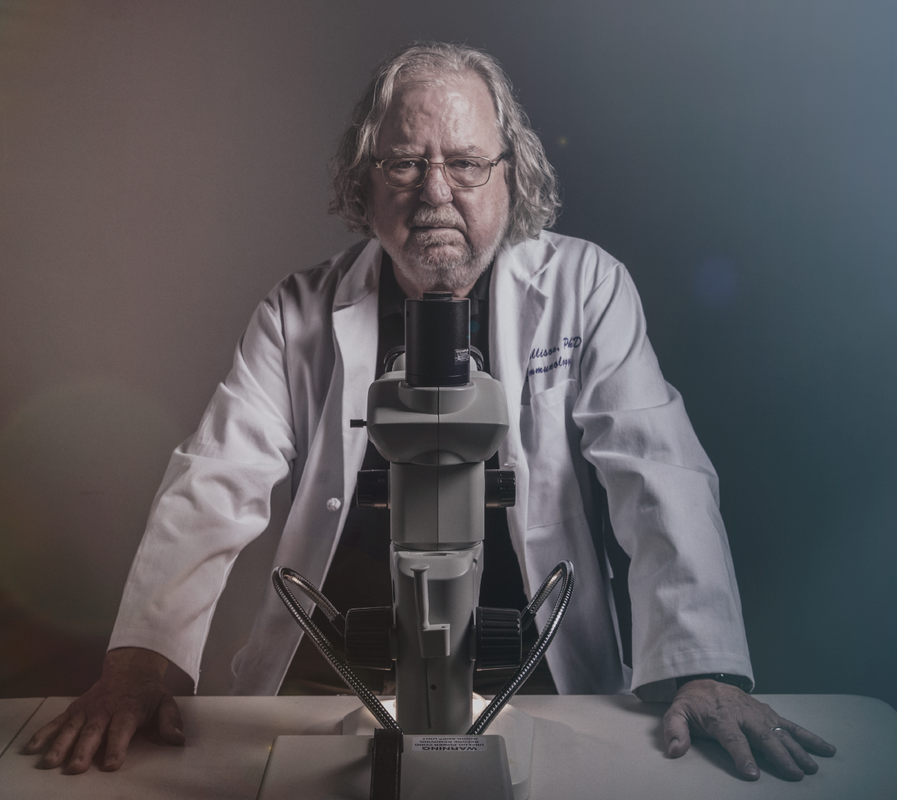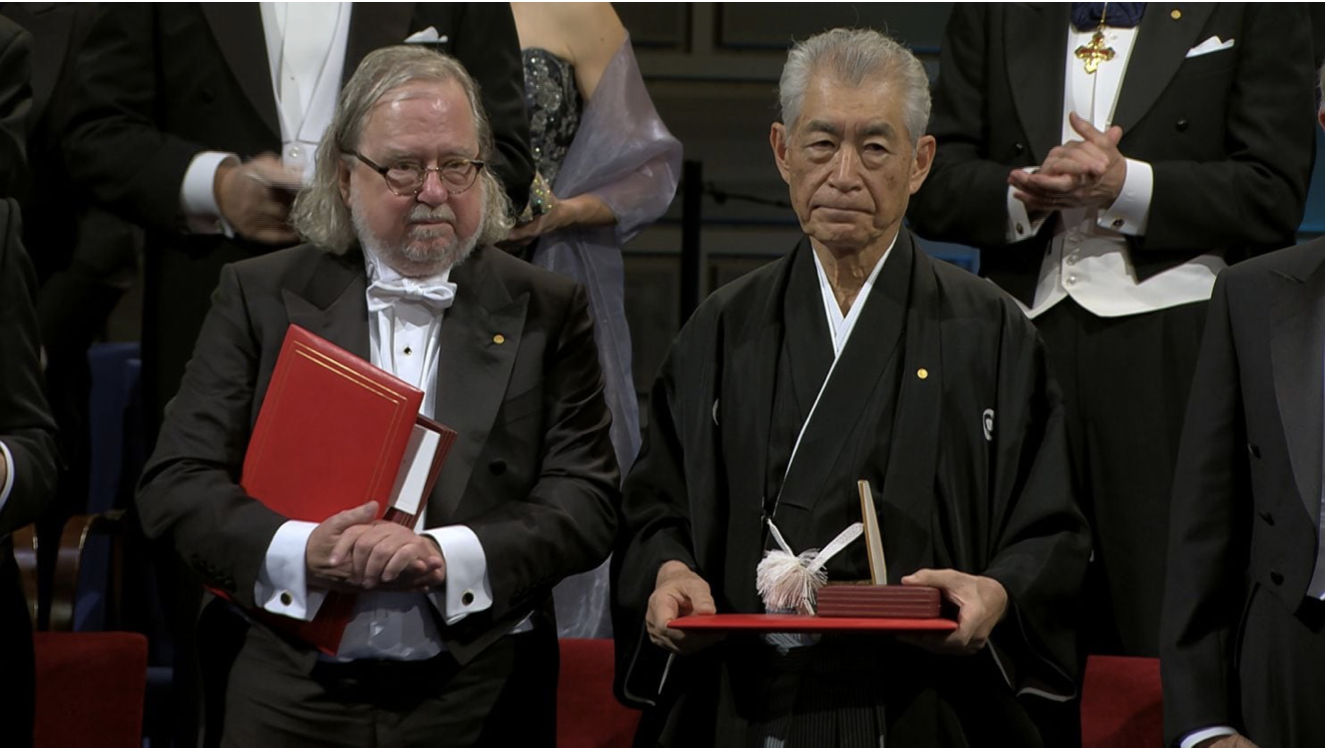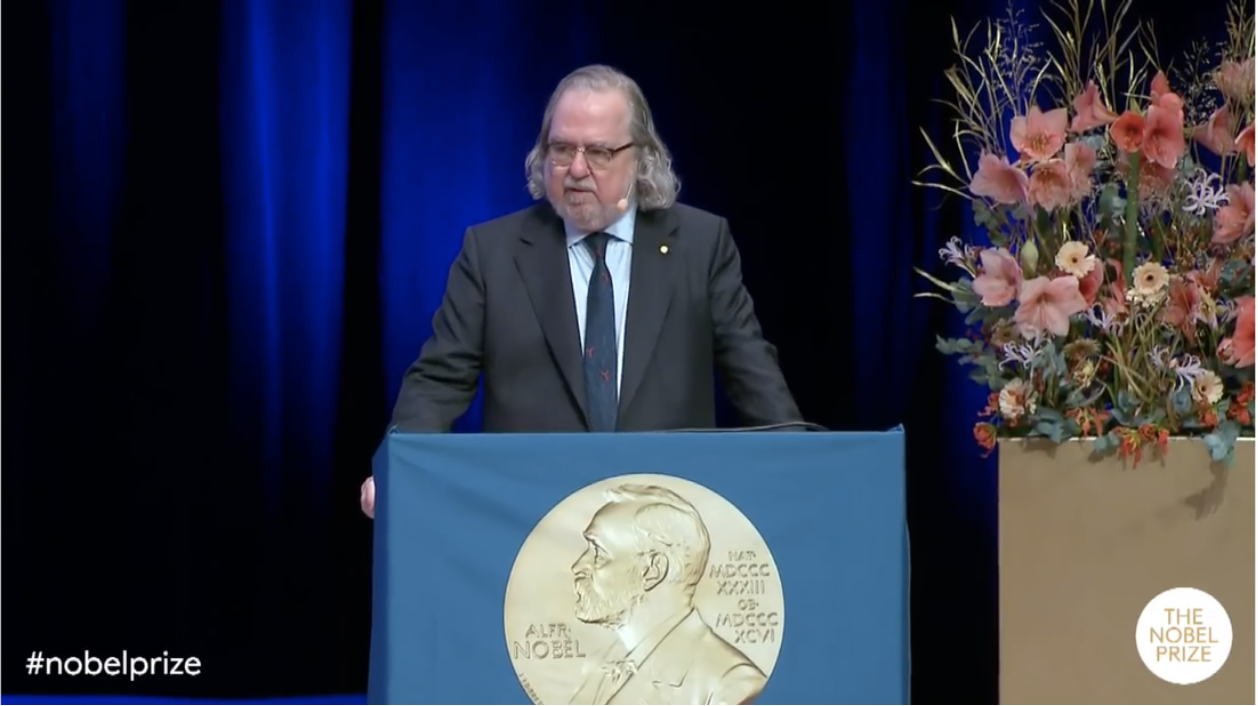|
Bill Haney's doc on remarkable cancer researcher now playing in theaters "Facts are stubborn things," President John Adams once said. That dictum has been put to the test of late - an era in our history that has seen an increasing disregard for empirical evidence, motivated by political considerations. "Facts and hard work are kind of not sexy things in America right now," filmmaker Bill Haney notes. "Facts are - what do we call them now? Quasi facts, false facts, made up facts, my facts." One researcher who, fortunately, doesn't traffic in "quasi" facts is Dr. Jim Allison, the Nobel Prize-winning immunologist and subject of Haney's new documentary, Jim Allison: Breakthrough. He has built his career - and unlocked mysteries that have led to life-saving cancer treatments - by strictly following evidence-based results. Facts are facts. "Facts are facts. You do an experiment and you get an answer and sometimes it won't be the answer you were looking for. Or sometimes it will be the answer to a different question than you asked," Allison tells Nonfictionfilm.com. "But you've got to recognize all of that in the data. Data's an incredibly powerful thing. It comes from somewhere and it's based in reality and you've just got to think about what it means. But think down the road. Where's this going to take me? If this is true, what? What's next?" Breakthrough is now playing in New York, Los Angeles, San Francisco, Atlanta, Berkeley, California (where Allison used to do his research) and Houston (where he currently works, as chair of immunology at the MD Anderson Cancer Center at the University of Texas). The film opens in the coming days and weeks in Austin, Texas, Chicago, Minneapolis, Cambridge, Massachusetts and other cities (check here for details). Allison's vital contributions have come in the study of T-cells, a type of cell that plays a crucial role in the body's immune response. T-cells fight off illness by recognizing disease agents and eliminating them; one of Allison's fundamental insights was to question why T-cells should not be effective in neutralizing cancerous tumors. "I was impressed early on when I started learning about the immune system about transplant rejection, for example. You put the wrong kidney or liver or whatever, the immune system will take out a whole organ in short order. And so, if it can do that, why can't it take out cancer?" Allison explains. "At the time people were saying, ‘Oh, it'll take out small cancers.’ No, I don't think so. There's the example [organ rejection]. Looking at that got me excited... If we could just figure out what holds it together we could take advantage of that incredible power." Allison felt early research in the field was leading to suspect conclusions. "I got the literature and ran all this stuff... This was voodoo to me. It didn't make any sense. There was no concept or anything," he recalls. "I just decided as a rule I was not going to necessarily be swayed by stuff just because it was published. In fact at that point I just said, 'I'm rejecting everything that's out there and I'm going to start over with a blank slate.'" Related: |
AuthorMatthew Carey is a documentary filmmaker and journalist. His work has appeared on Deadline.com, CNN, CNN.com, TheWrap.com, NBCNews.com and in Documentary magazine. |
- Home
- News
- Videos
-
Galleries
- 2019 Tribeca Film Festival
- Full Frame Documentary Film Festival
- 2019 SXSW Film Festival
- SXSW 2018 Gallery
- 2019 Sundance Film Festival
- Outfest 2018 Photo Gallery
- Outfest 2017
- Sundance 2018 Photos
- 2017 LA Film Festival
- 2017 Cannes Film Festival
- Tribeca Film Festival 2017
- SXSW 2017 Gallery
- 2017 Berlin Film Festival
- Sundance 2017 Gallery
- 2016 Los Angeles Film Festival
- Cannes Film Festival 2016
- SXSW 2016 Gallery
- Berlinale 2016 Gallery
- Sundance 2016 Gallery
- Filmmaker Gallery
- About
- Contact
Proudly powered by Weebly
- Home
- News
- Videos
-
Galleries
- 2019 Tribeca Film Festival
- Full Frame Documentary Film Festival
- 2019 SXSW Film Festival
- SXSW 2018 Gallery
- 2019 Sundance Film Festival
- Outfest 2018 Photo Gallery
- Outfest 2017
- Sundance 2018 Photos
- 2017 LA Film Festival
- 2017 Cannes Film Festival
- Tribeca Film Festival 2017
- SXSW 2017 Gallery
- 2017 Berlin Film Festival
- Sundance 2017 Gallery
- 2016 Los Angeles Film Festival
- Cannes Film Festival 2016
- SXSW 2016 Gallery
- Berlinale 2016 Gallery
- Sundance 2016 Gallery
- Filmmaker Gallery
- About
- Contact






 RSS Feed
RSS Feed